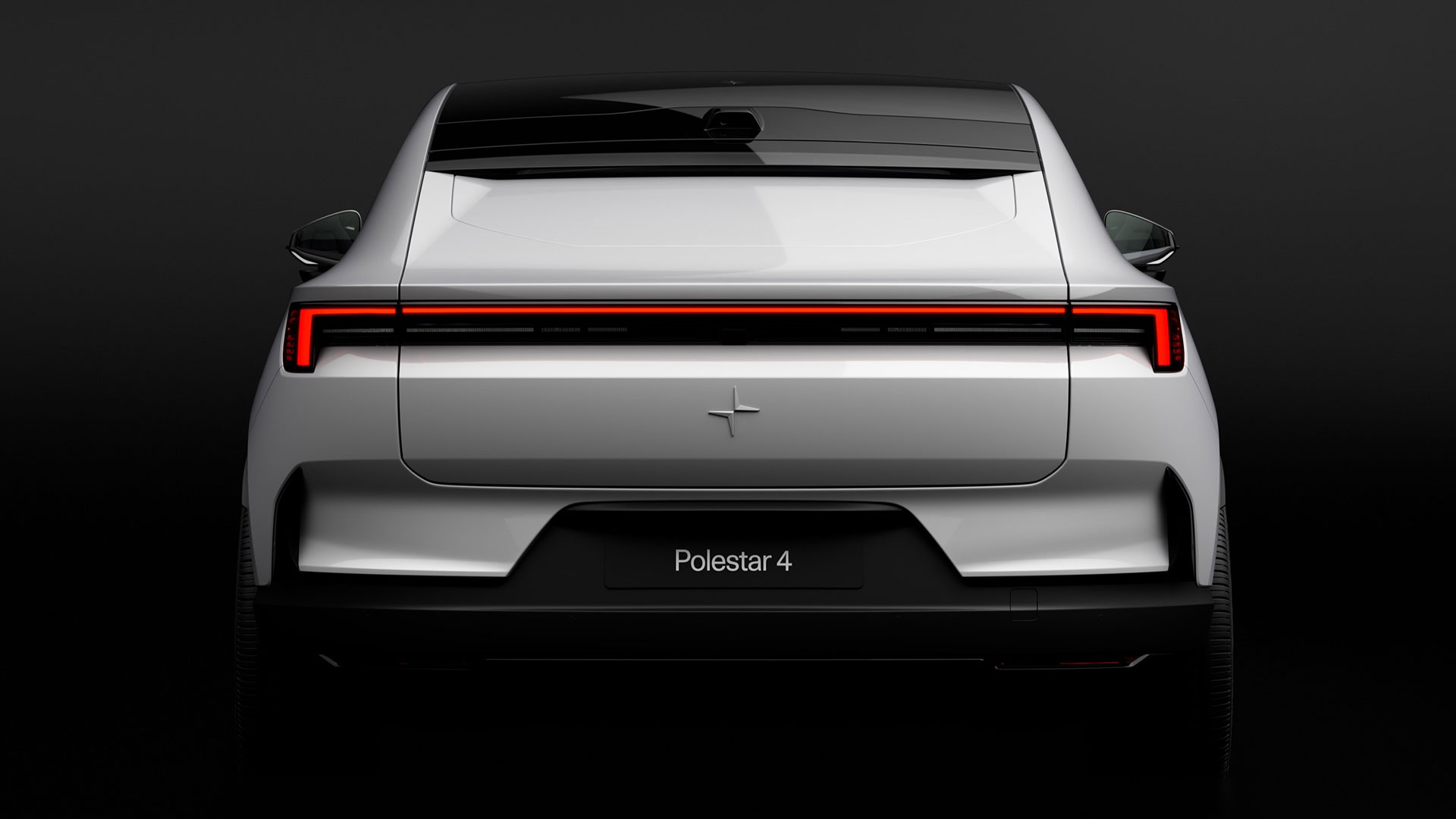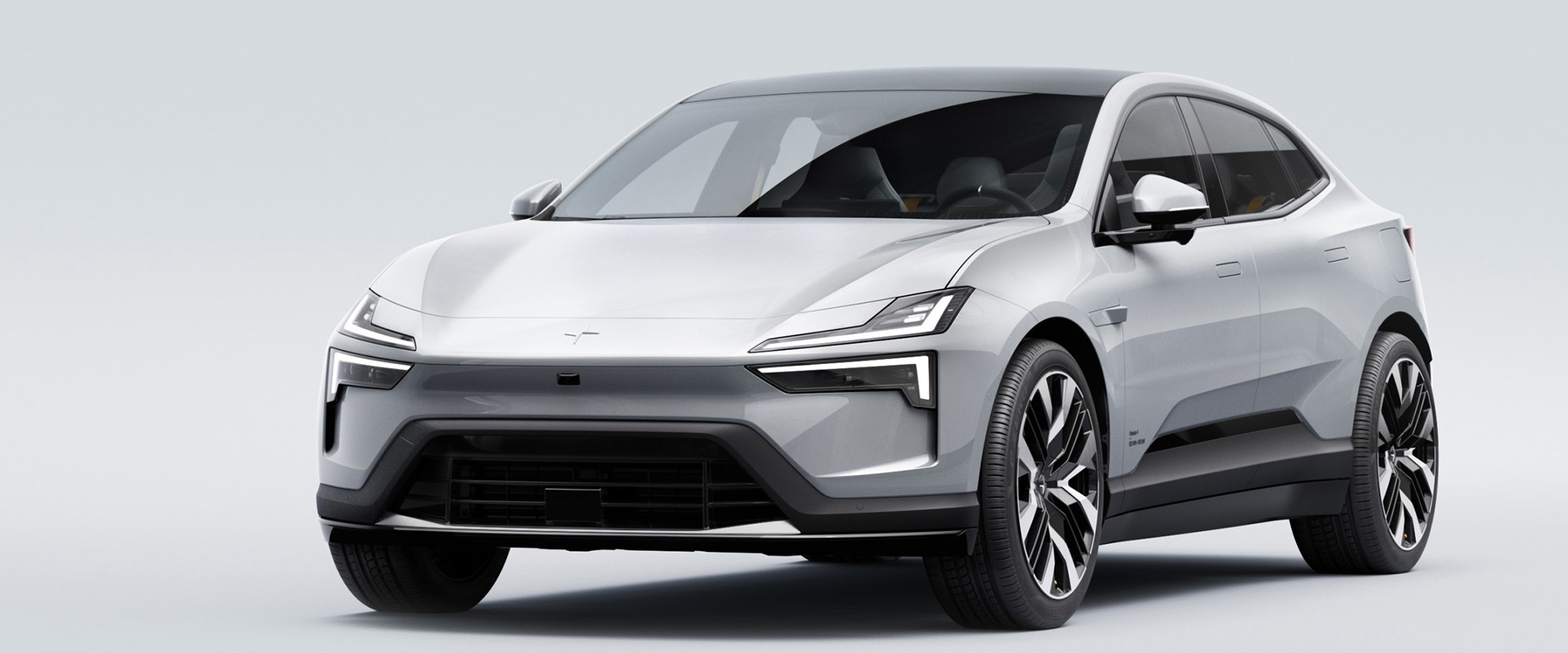The Polestar 4 Ups Performance, Drops the Rear Window
April 20, 2023Polestar has recently unveiled their Polestar 4 electric performance SUV.
The Polestar 4 is built with a sleek, coupe design that is unmistakably Polestar, borrowing cues from various concept cars. While the Polestar 4 may be the brand’s fastest production car to date, the defining trait may just be rear window– or lack thereof.

The removal of the rear window was seen in the Polestar Precept concept, and here it’s said to enable “a new kind of immersive rear occupant experience.” For those concerned about rear visibility (as you probably should be), there is a roof-mounted, rear-facing camera which displays a real-time feed on a high-definition screen. Another element taken from the Precept includes the separation of the dual blade front lights, accented by the illuminated brand emblem.
The Polestar 4 is built from the ground up, as opposed to being a chopped down version of a pre-existing utility in the brand’s lineup. It rides on the Sustainable Experience Architecture (SEA), creating the 118-inch wheelbase supporting the 190.5-inch overall length. This is said to also provide ample interior volume for passengers. Alluding back to the immersive rear experience, the glass roof stretches back over the rear passengers’ heads for a more open-air vibe. There’s also a secondary media and climate control screen mounted in between the front seats.
The design incorporates a lot of sustainable measures and materials. Recycled polyester, natural fibers, and specially-secured Nappa leather are just some of the techniques used. The production facility slated for the Polestar 4, located in Hangzhou Bay, China, also runs on 100-percent renewable energy.

But back to performance, as we did say this is their fastest production car yet. A 0-62 mph sprint can be done in 3.8 seconds, thanks to the 544 horsepower delivered by the dual-motor setup. A single-motor rear-wheel drive version is available too, offering 272 horsepower. Both are fitted with a long range battery with a 102 kWh capacity (though usable energy is likely slightly less). With this configuration, the dual-motor targeting up to 350 miles on a full charge, and 372 miles on the single-motor.
There’s plenty of tech aside from the rear-mounted camera, like a 15.4-inch infotainment screen and a 10.2-inch driver display. There are twelve cameras, one radar and twelve ultrasonic sensors fitted as standard, providing greater senses to the onboard safety suite. The final “screen” is a 14.7-inch head-up display, relaying key info and navigation data.
Production of the Polestar 4 will begin in Hangzhou Bay, China, in November 2023. Launch is expected early 2024, currently slated around $60,000 starting; though, these prices are not finalized.






